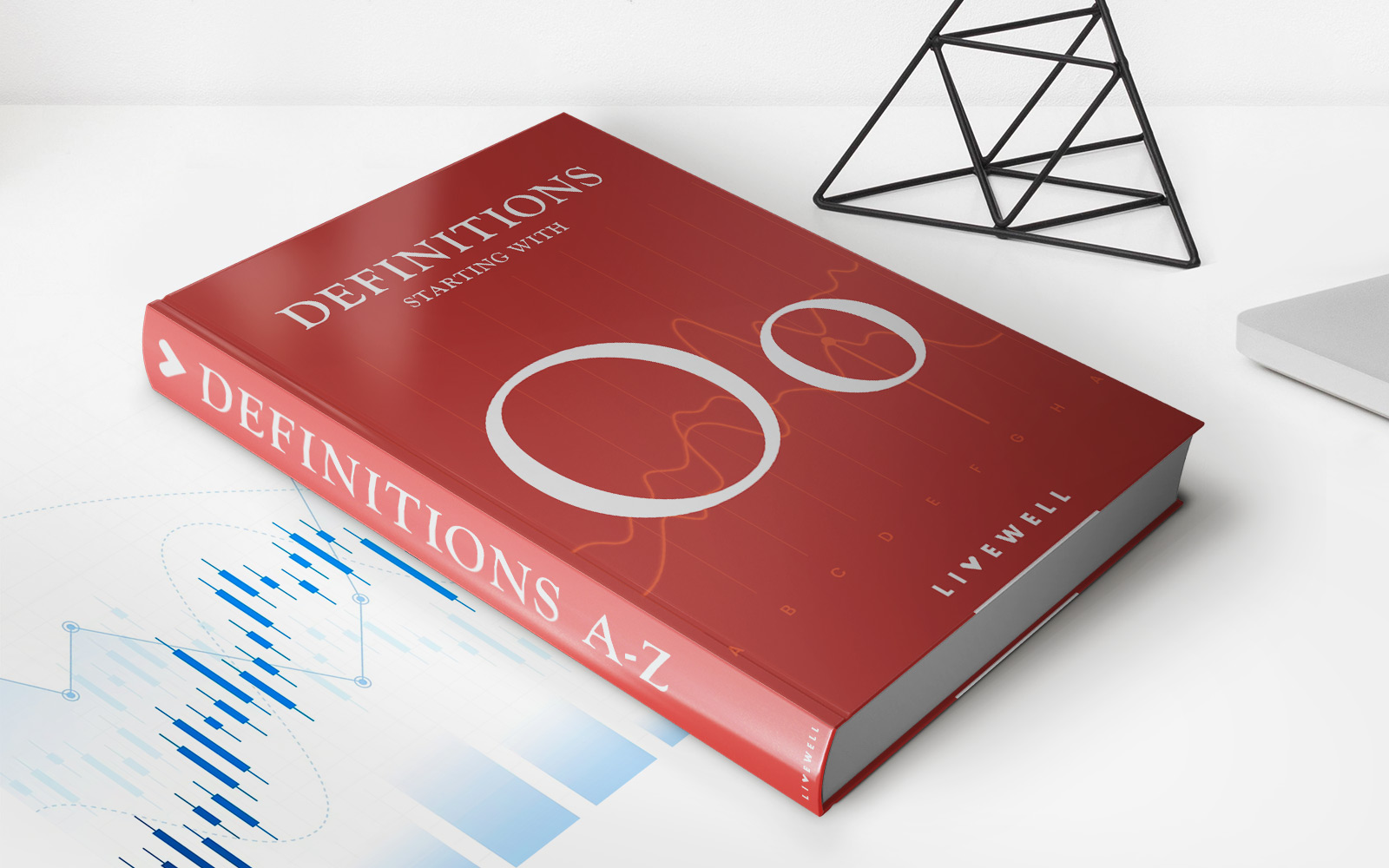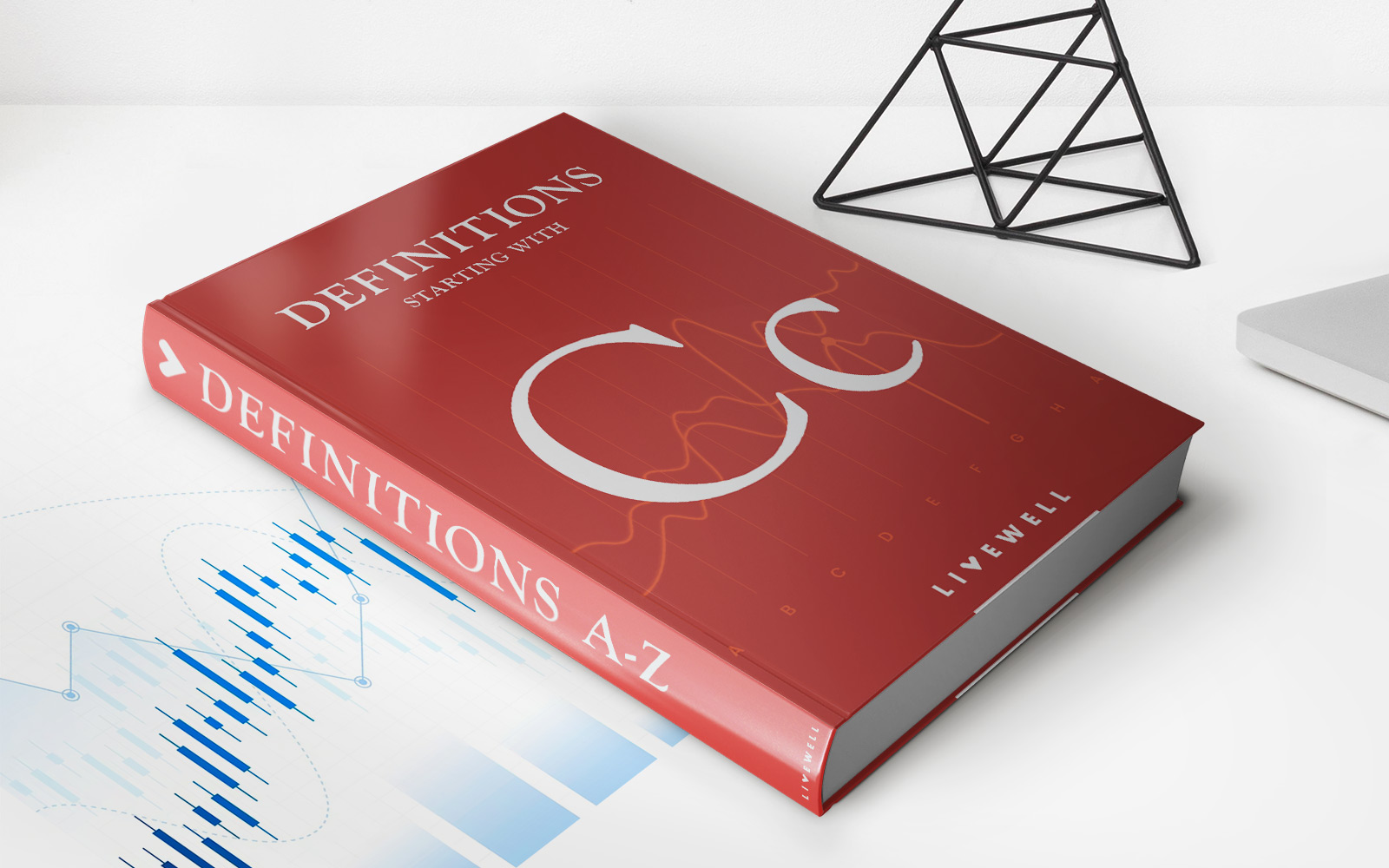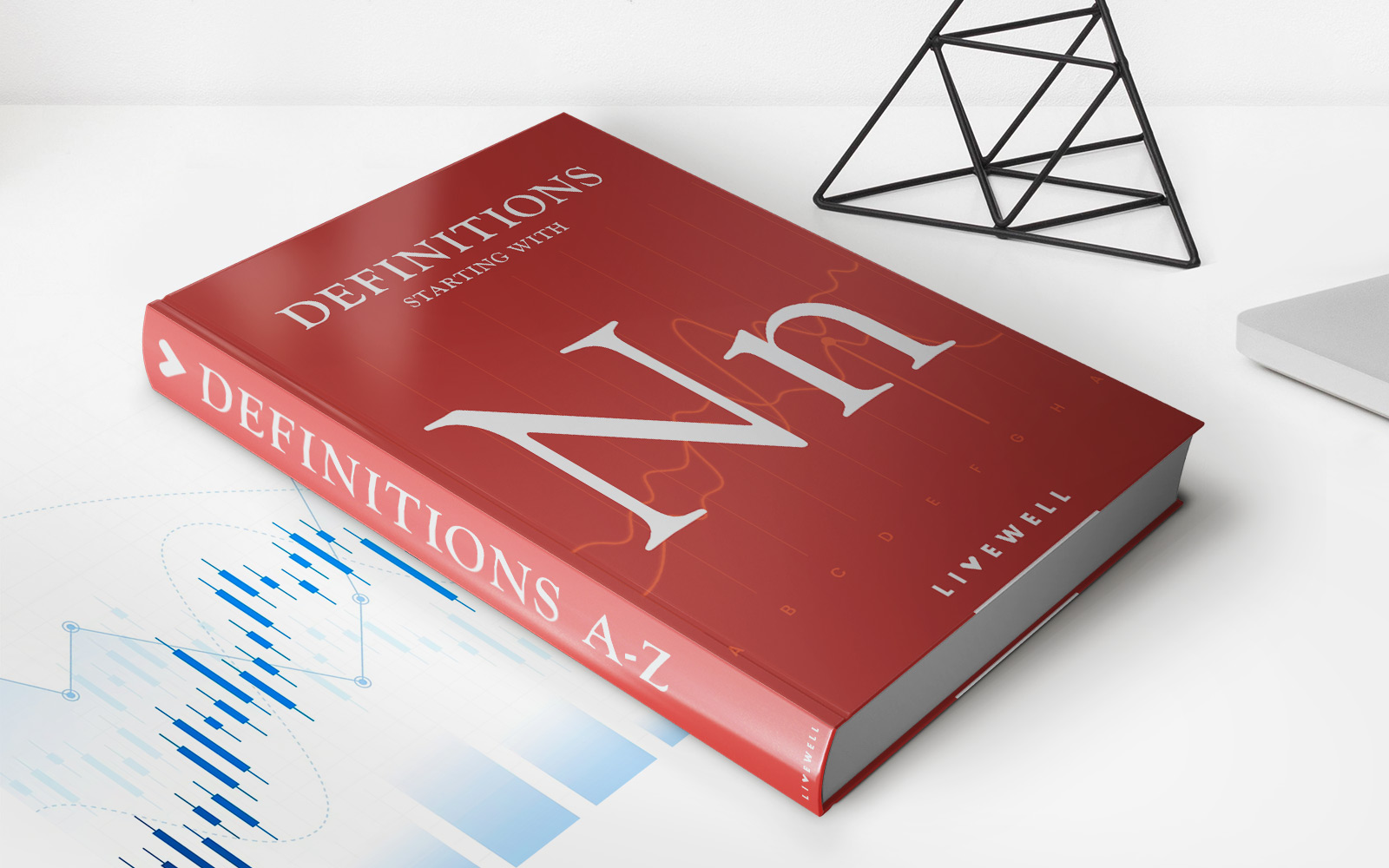

Finance
How Do Teacher Pensions Work?
Published: January 22, 2024
Learn how teacher pensions work and the financial implications for educators. Understand the ins and outs of pension plans in the education sector.
(Many of the links in this article redirect to a specific reviewed product. Your purchase of these products through affiliate links helps to generate commission for LiveWell, at no extra cost. Learn more)
Table of Contents
Introduction
Welcome to the complex world of teacher pensions! As educators play a pivotal role in shaping the future, it's crucial to understand the mechanisms behind their retirement benefits. In this article, we'll delve into the inner workings of teacher pensions, exploring their funding, vesting, retirement benefits, and the challenges they present. By the end, you'll have a comprehensive understanding of how teacher pensions function and the controversies surrounding them.
Teacher pensions are a cornerstone of the education system, providing financial security to educators after years of dedicated service. However, comprehending the intricacies of these pensions is no small feat. From the sources of funding to the eligibility criteria for retirement benefits, there's a multitude of factors at play. We'll unravel these complexities, shedding light on the inner workings of teacher pensions in a way that's both informative and engaging.
Join us on this enlightening journey as we navigate the landscape of teacher pensions, gaining insights into the challenges and controversies that have sparked widespread debate. By the end of this exploration, you'll be equipped with the knowledge to comprehend, analyze, and discuss the intricate world of teacher pensions with confidence and clarity. Let's embark on this enlightening odyssey together!
Understanding Teacher Pensions
Teacher pensions serve as a form of retirement benefit specifically designed for educators. These pensions are structured to provide financial security to teachers once they conclude their careers in the education sector. Unlike other retirement plans, teacher pensions are often defined benefit plans, meaning that the benefits are predetermined based on a formula, typically factoring in the teacher’s years of service and salary history.
One key aspect of understanding teacher pensions is recognizing that they operate on a defined benefit model, which sets them apart from the more common defined contribution plans, such as 401(k)s. In a defined contribution plan, the eventual retirement benefit depends on the contributions made and the investment performance, whereas in a defined benefit plan like a teacher pension, the benefit is predetermined based on specific criteria.
Another crucial element to grasp is the concept of pension vesting. Vesting refers to the point at which a teacher becomes eligible to receive their pension benefits. This often entails completing a certain number of years in service, after which the teacher is considered vested and entitled to the pension upon retirement. Understanding the vesting process is essential for educators to plan for their long-term financial security.
Furthermore, it’s important to note that teacher pensions are typically administered at the state level, with each state having its own pension system and set of regulations. This decentralized approach can lead to variations in pension benefits and eligibility criteria from one state to another, adding another layer of complexity to the understanding of teacher pensions.
By gaining a comprehensive understanding of how teacher pensions function, including their defined benefit structure, vesting requirements, and the state-level administration, educators and stakeholders can navigate the intricacies of these retirement plans more effectively. This knowledge empowers teachers to make informed decisions about their financial futures and retirement planning, ultimately contributing to their overall financial well-being.
How Teacher Pensions are Funded
Teacher pensions are primarily funded through a combination of contributions from teachers themselves, contributions from the school districts or state governments, and investment returns. These three sources collectively form the financial backbone of teacher pension funds, ensuring that there are adequate resources to fulfill the pension obligations to retired educators.
First and foremost, teachers contribute a portion of their salaries towards their pension funds. These contributions are deducted from their paychecks and are allocated to the pension fund, where they are invested to generate returns over time. The accumulation of these contributions forms a significant portion of the pension fund’s assets, contributing to the overall funding of the pension system.
In addition to the contributions made by teachers, school districts or state governments also make contributions to the pension funds. These contributions are typically based on a predetermined percentage of the teachers’ salaries and are intended to supplement the pension fund. The combination of teacher and employer contributions forms the core funding base for teacher pensions, ensuring that there are sufficient resources to meet the future pension obligations.
Furthermore, the pension funds are invested in a diversified portfolio of assets, including stocks, bonds, and other financial instruments. The investment returns generated from these assets play a crucial role in funding teacher pensions. The growth of the pension fund through investment returns is essential for meeting the long-term financial commitments to retired educators.
Understanding the funding mechanisms of teacher pensions is vital for educators and policymakers alike. It sheds light on the financial dynamics that underpin these retirement plans, emphasizing the importance of sustainable funding sources and prudent investment strategies. By comprehending how teacher pensions are funded, stakeholders can work towards ensuring the long-term stability and viability of these crucial retirement benefits for educators.
Vesting and Retirement Benefits
Vesting in a teacher pension refers to the point at which a teacher becomes eligible to receive their full retirement benefits. The vesting period is determined by the number of years of service, and once a teacher is vested, they are entitled to receive their pension upon retirement. Understanding the vesting process is essential for educators to plan for their long-term financial security and make informed decisions about their careers.
Upon reaching the retirement age or meeting the eligibility criteria, teachers can start receiving their pension benefits. The amount of the pension is often calculated based on a predetermined formula that considers factors such as the teacher’s years of service and final average salary. This defined benefit structure provides educators with a sense of financial security during their retirement years, as the pension amount is guaranteed based on the established formula.
It’s important to note that some teacher pension systems offer early retirement options, allowing educators to retire before the standard retirement age with reduced benefits. These early retirement provisions provide flexibility for teachers who may choose to conclude their careers earlier while still receiving pension benefits, albeit at a reduced amount compared to retiring at the standard age.
Moreover, survivor benefits are an integral component of teacher pensions, offering financial protection to the spouses or beneficiaries of retired educators in the event of the teacher’s passing. These benefits ensure that the pension plan continues to provide support to the surviving family members, reinforcing the role of teacher pensions in promoting long-term financial stability for educators and their loved ones.
By understanding the concepts of vesting and retirement benefits within teacher pensions, educators can make informed decisions about their career trajectories and retirement planning. This knowledge empowers teachers to navigate the complexities of pension eligibility and benefits, ultimately contributing to their financial well-being during their post-retirement years.
Challenges and Controversies Surrounding Teacher Pensions
While teacher pensions play a crucial role in providing retirement security for educators, they are not without challenges and controversies. One of the primary issues is the sustainability of pension funds, particularly in the face of demographic shifts and economic fluctuations. As the population ages and the number of retirees increases, pension funds may face pressure to meet their financial obligations, leading to concerns about long-term solvency.
Another contentious point revolves around the portability of pension benefits. In many cases, teachers who move across state lines or leave the education sector may encounter challenges in transferring or retaining their pension benefits. This lack of portability can pose significant hurdles for educators seeking career mobility or transitioning to different professions.
Furthermore, the debate surrounding the structure of defined benefit pension plans versus defined contribution plans continues to spark controversy. While defined benefit plans offer a guaranteed retirement benefit, they also place the investment and longevity risk on the pension fund. In contrast, defined contribution plans shift the investment risk to the individual, providing more portability but potentially exposing retirees to market volatility.
The fiscal impact of pension obligations on state and local budgets has also been a point of contention. Balancing the funding requirements of teacher pensions with other public spending priorities presents a complex fiscal challenge for policymakers, often leading to debates about pension reform and sustainability.
Additionally, the calculation of pension benefits based on final average salary has raised concerns about equity and fairness, particularly regarding educators who may experience salary fluctuations towards the end of their careers. Addressing these disparities and ensuring equitable pension calculations remains a topic of debate within the education community.
Amid these challenges and controversies, ongoing discussions about pension reform, funding mechanisms, and the long-term viability of teacher pensions are essential. By addressing these issues, stakeholders can work towards enhancing the sustainability and effectiveness of teacher pension systems, ultimately ensuring the continued provision of retirement security for educators.
Conclusion
In conclusion, teacher pensions stand as a pillar of support for educators, offering a vital source of retirement security as they dedicate their careers to shaping the minds of future generations. Understanding the intricate mechanisms of teacher pensions, including their defined benefit structure, funding sources, vesting requirements, and retirement benefits, is essential for educators and policymakers alike.
While teacher pensions provide invaluable financial stability for retired educators, they are not immune to challenges and controversies. The sustainability of pension funds, the portability of benefits, and the ongoing debate surrounding defined benefit versus defined contribution plans underscore the complexities inherent in the realm of teacher pensions.
As we navigate these complexities, it’s crucial to engage in constructive dialogues about pension reform, funding sustainability, and the equitable provision of retirement benefits for educators. By addressing these challenges and controversies, we can work towards fortifying the long-term viability of teacher pensions, ensuring that they continue to serve as a reliable source of financial security for educators across the nation.
Ultimately, teacher pensions play a pivotal role in honoring the dedication and commitment of educators, providing them with the assurance of financial stability during their well-deserved retirement years. By fostering a deeper understanding of teacher pensions and actively addressing the associated challenges, we can uphold the integrity of these vital retirement benefits, honoring the invaluable contributions of educators to our society.














